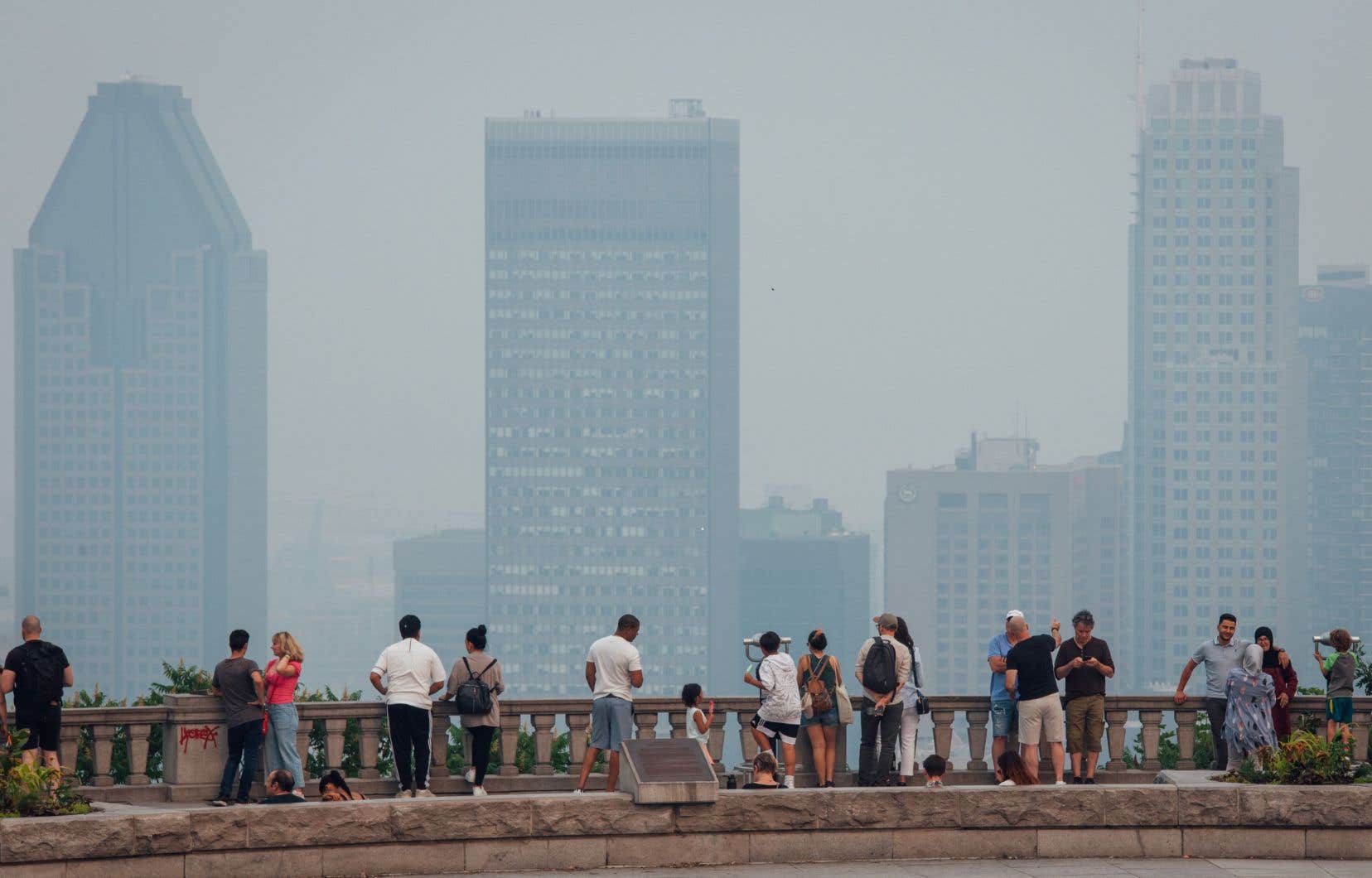In a few weeks, Quebec forest fires emitted twice as much CO2 than the human activities of the province in an entire year. The devastated territories will reabsorb this carbon over the next few decades, but until then, it will warm the climate.
“I’m terrified,” says Catherine Potvin, professor of biology at McGill University. This member of the Advisory Committee on Climate Change in Quebec (CCCC) fears that the boreal forest, rather than slowing down global warming, is beginning to contribute to it. “Inhaling the smell of forest fires the other day, it smelled like the tipping point. »
By burning, Quebec forests released, this season, about 180 million tons of CO2according to data compiled friday by the Copernicus program of the European Union. These emissions, caused by fires of an unprecedented magnitude for at least 100 years, are obviously much higher than the normal for recent years.
In addition, they exceed the annual emissions of Quebec society as a whole. The Quebec Inventory of Greenhouse Gas (GHG) Emissions — which compiles emissions from transportation, industry, agriculture, buildings and waste, but not forest fires — totals about 80 million tonnes of CO2 per year.
“It’s very worrying,” said Annie Levasseur, professor at the École de technologie supérieure in Montreal specializing in climate change mitigation through the forestry sector, also a member of the CCCC. It will take “decades” for forests to recapture all that carbon, she points out.
“The fires are getting more and more intense, bigger and bigger. And there aren’t enough quiet years left for the forest to recover,” says Évelyne Thiffault, a professor at Université Laval specializing in forest carbon, who also considers forest emissions of This year.
Canada-wide, this season’s wildfires released an estimated 700 million tonnes of CO2that is, an amount equivalent to man-made emissions across the country, which come mostly from fossil fuels.
Canadian lands, a net emitter
In normal times, emissions from wildfires do not necessarily represent a net addition of CO2 to the atmosphere, since the trees that regrow then capture an equivalent amount of carbon. By increasing the number of fires, climate change will upset this balance.
Worldwide, vegetation fires emit an average of 8,000 million tonnes of CO2 per year, according to the Intergovernmental Panel on Climate Change (IPCC). Most of these emissions come from the savannas (65%). Boreal forests play a secondary role (7%). When fires affect peatlands, carbon accumulated over centuries goes up in smoke.
Emissions do not stop when the flames go out. For decades, the decay of fire-killed wood generates additional carbon fumes, says Ms.me Thiffault in interview. New growing trees, on the other hand, capture little carbon during their first years of life.
Since 2002, Canada lands — forests, grasslands, fields, etc. — are a net emitter of carbon to the atmosphere, i.e. the emissions caused by “natural disturbances”, starting with forest fires, exceed the carbon sequestration achieved by growing forests and to cultivated land.
We often talk about offsetting our GHG emissions by planting trees or protecting forests, notes Ms.me Lifter. “But if the forests burn, we are no further ahead,” she stresses. “People think the forest will save us. It is rather us who must save the forest”, abounds Mme Potwine.
